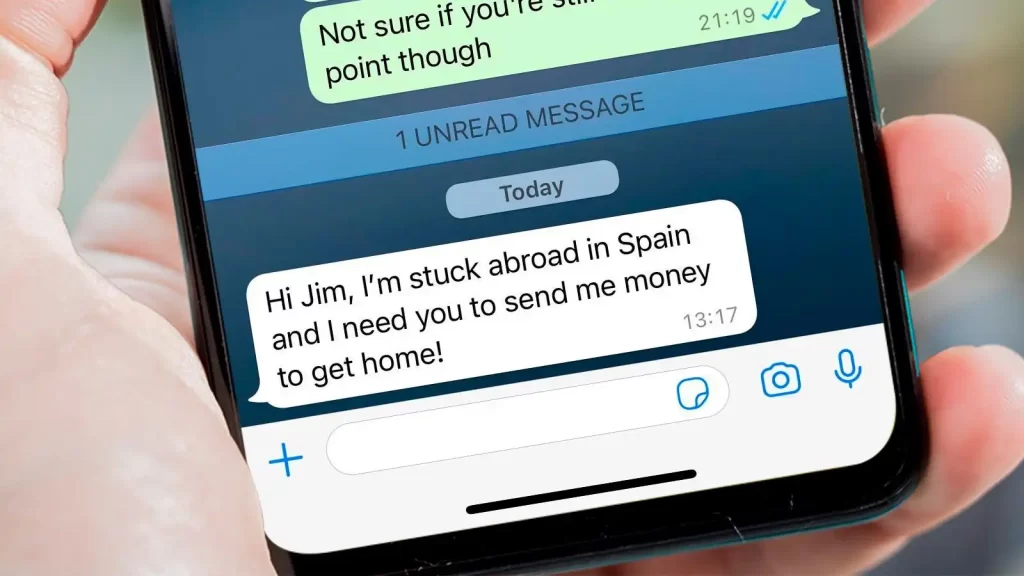One of the latest scams, known as “brushing,” targets unsuspecting individuals by delivering mysterious packages to their doorsteps. While the concept of receiving free items may seem harmless—or even lucky—this scheme is far from innocent. It is part of a larger fraud operation designed to steal sensitive information and exploit unsuspecting victims.
What Is Brushing?
A brushing scam involves fraudsters sending unexpected packages to unsuspecting individuals. These packages often contain inexpensive, lightweight items to minimise shipping costs. While the items themselves may seem harmless, they come with a catch—like a QR code inside the package.
When scanned, this code leads to a legitimate-looking website designed to harvest sensitive personal information, such as your full name, date of birth, or credit card details. Once scammers have this information, they can commit identity theft, open accounts in your name, or even drain your financial accounts.
In some cases, the packages are part of a ploy by third-party sellers like Amazon, eBay or Royal Mail to boost product ratings. Scammers use your information to create fake transactions, allowing them to write glowing reviews under your name.
The Hidden Costs
While the idea of receiving free items might seem appealing, brushing scams are far from a gift. These scams indicate that fraudsters already have access to your name and address—valuable information in the wrong hands. Once scammers know they can successfully send you items, they may target you with more sophisticated schemes.
Some victims of brushing scams have reported falling prey to identity theft or finding new credit accounts opened in their names. Even if you don’t interact with the scammer’s requests, the very act of receiving unsolicited packages suggests that your personal data may already be compromised.
Unexpected Packages
If an unfamiliar package shows up at your door, it’s crucial to handle the situation carefully. Here’s how to protect yourself:
Avoid Scanning QR Codes
Never scan codes or click on links from unknown sources. These often lead to phishing sites designed to steal your data.
Notify Authorities
If the package contains suspicious materials like liquids or seeds, report it to local authorities.
Report the Scam
If the package came through a major retailer like Amazon or eBay, file a fraud report with their customer service.
Return the Package
If a return address is provided, you can repackage the items and send them back. Mark the package “RETURN TO SENDER.”
Dispose of the Items Safely
If you choose not to keep the items, discard them responsibly or donate them.
Additionally, monitor your financial accounts and credit reports regularly to watch for any signs of fraud, such as unauthorised charges or new accounts opened in your name.
Other Scams to Watch Out For
While brushing scams are on the rise, they are part of a broader wave of delivery-related fraud. Two common examples include:
Gift Card Scams
Fraudsters tamper with gift cards in stores, stealing PIN codes or placing fake barcodes on them. Once purchased, the funds are drained before the card can be used.
Charity Scams
These schemes involve fake charities soliciting donations, often using vague or emotional appeals. Victims are pressured into donating without verifying the charity’s legitimacy.
Why Fraud Awareness Matters
The rise in scams like brushing highlights the importance of staying informed and vigilant. Scammers constantly evolve their tactics, targeting victims through everyday interactions like receiving packages or making online purchases. Understanding these schemes empowers you to spot red flags, protect your information, and prevent financial losses. Here are some practical steps to protect yourself from common fraud schemes:
Be Wary of Unsolicited Messages
Don’t respond to unexpected emails or texts requesting personal information or payment. Always verify the sender’s authenticity.
Know Scammer Payment Methods
Scammers often request untraceable payments, such as gift cards, cryptocurrency, or money transfer services. If you are asked to pay this way, it’s likely a scam.
Block Suspicious Numbers
Use tools to block spam calls and texts to reduce communication from known scammers.
Think Before You Act
If something feels off, pause and consult a trusted friend or family member before taking action.
Staying One Step Ahead
Brushing scams serve as a stark reminder that even the most ordinary events—like receiving a package—can have hidden consequences. Stay alert, stay informed, and safeguard your personal information to ensure you don’t become the next victim.
In an age where fraud is becoming increasingly sophisticated, awareness is your greatest defence. Share this information with friends and family to help them recognise the signs of brushing scams and protect themselves from potential harm. Together, we can build a stronger shield against fraud and its ever-evolving tactics.



